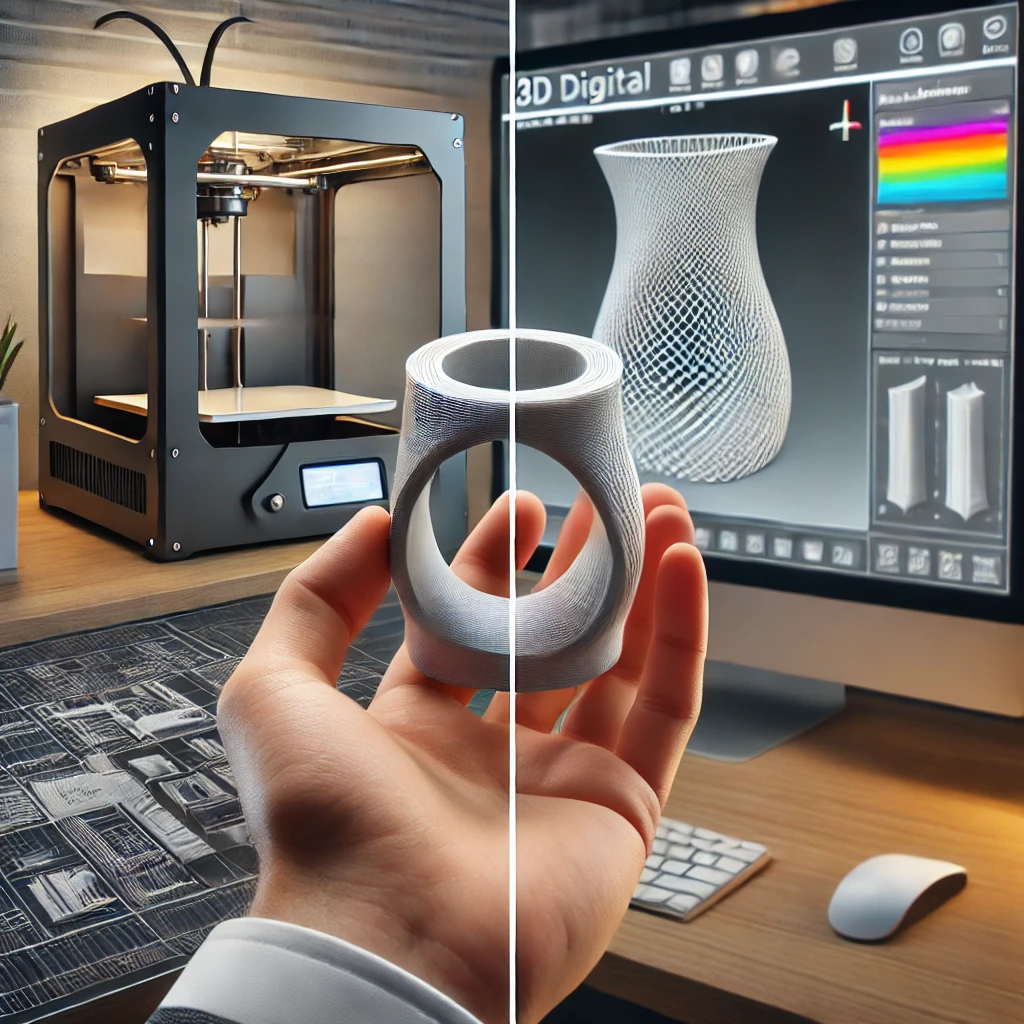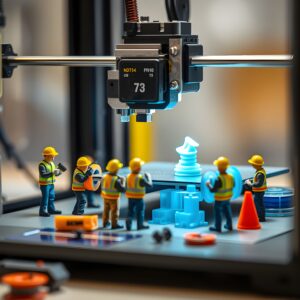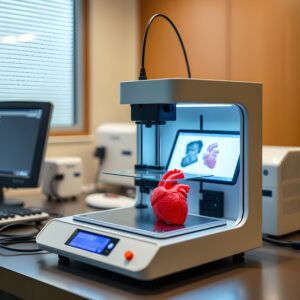Common Design Accuracy Issues in 3D Prototyping

Design Accuracy Issues in Rapid 3D Prototyping: Overcoming Common Challenges
Rapid 3D prototyping has revolutionized the way companies design, test, and develop products. However, achieving high levels of design accuracy remains one of the most common challenges. Even with advances in 3D printing technology, small inaccuracies can impact the overall quality of prototypes, leading to costly revisions and delays in the production cycle.
What Causes Design Accuracy Issues in Rapid 3D Prototyping?
Several factors contribute to design accuracy issues in 3D prototyping. These include limitations in printer resolution, material properties, software settings, and environmental conditions during the printing process.
Printer Resolution and Layering
One of the primary causes of design inaccuracies is printer resolution. Most 3D printers use a layering process, and while this allows for complex designs, it can also introduce small inaccuracies. The finer the printer’s resolution, the more precise the print; however, even the highest resolution printers have limitations. Variations in layer height, print speed, and nozzle size can all lead to deviations from the original design.
Material Properties
The material used in 3D prototyping also plays a significant role in accuracy. For example, thermoplastics such as ABS and PLA are widely used, but they tend to shrink or expand during the cooling process. This can lead to warping or dimensional inaccuracies, especially in complex geometries.
Software Limitations
Design accuracy can also be affected by the software used to create and slice the 3D model. Issues such as improper scaling, mesh errors, or poor slicing settings can lead to inaccuracies during the printing process. Ensuring that the design file is optimized and compatible with the 3D printer’s capabilities is crucial.
Overcoming Design Accuracy Challenges
To improve design accuracy in rapid 3D prototyping, there are several strategies that manufacturers and designers can employ:
Use of High-Precision Printers
Investing in high-precision 3D printers with finer resolutions can significantly improve accuracy. These printers are designed to reduce layer lines and achieve more accurate representations of digital designs.
Material Selection and Testing
Selecting the right material for your prototype can minimize issues related to shrinkage, warping, and dimensional changes. Additionally, conducting material testing can help predict how a particular material will behave during and after printing, allowing for better design adjustments.
Software Calibration
Ensuring that 3D modeling and slicing software is calibrated correctly can reduce the likelihood of errors. Many design inaccuracies can be mitigated by adjusting slicing settings and using simulation tools to test the print before production.
Environmental Control
Environmental factors such as temperature, humidity, and airflow can impact the accuracy of a 3D print. Controlling the print environment by using enclosed printers or temperature-controlled rooms can reduce these variables.
The Impact of Design Inaccuracy
Design inaccuracies in rapid 3D prototyping can have significant consequences. From prolonged development cycles to increased costs, even small deviations can lead to major setbacks. In industries like automotive, aerospace, and healthcare, where precision is critical, ensuring design accuracy is paramount for producing functional prototypes.
Quality Control and Testing
Incorporating thorough quality control processes during and after the printing process is essential. This includes using tools like calipers, 3D scanners, and CT scans to measure the accuracy of printed parts. By identifying and correcting inaccuracies early on, companies can reduce rework and maintain production schedules.
While rapid 3D prototyping offers numerous advantages in product development, design accuracy remains a key concern. Understanding the common causes of inaccuracies—such as printer resolution, material properties, software errors, and environmental factors—can help designers and engineers take proactive steps to improve their results. Through the use of advanced technology, material testing, and rigorous quality control, companies can overcome these challenges and produce accurate, functional prototypes.
Visit our other website: machinepwr.com




